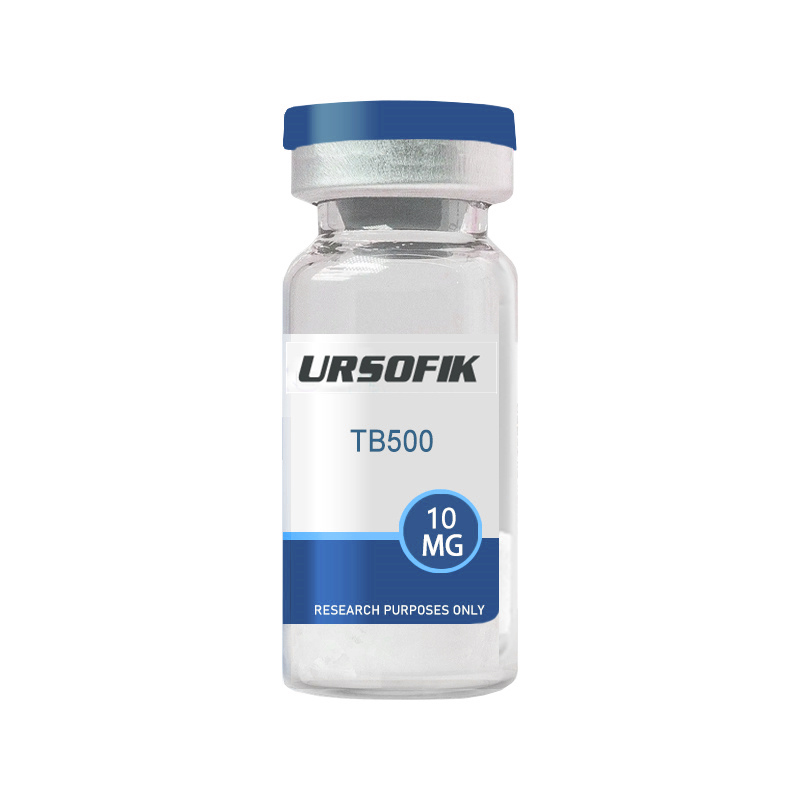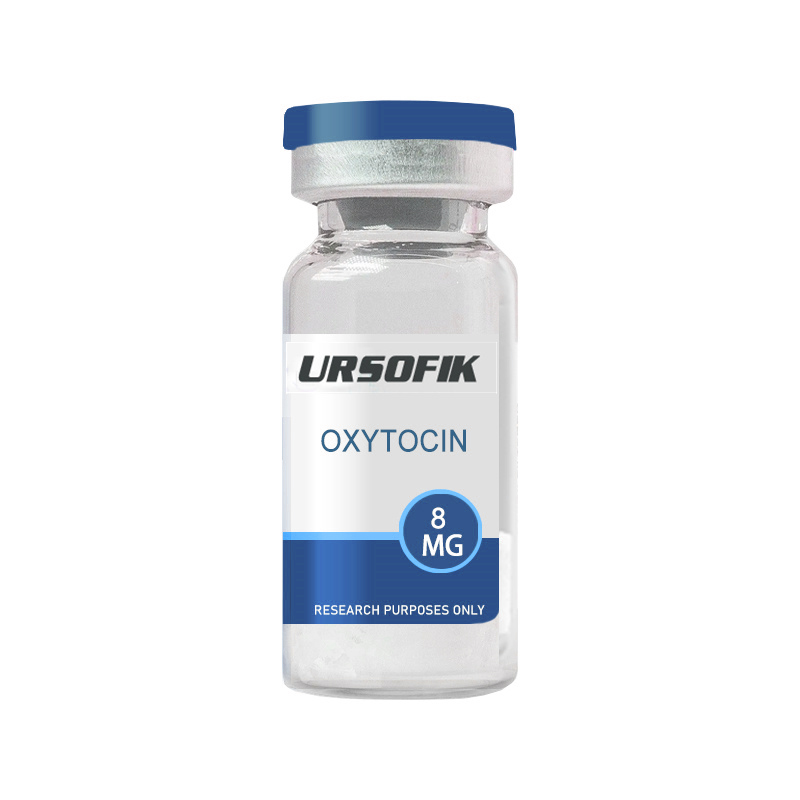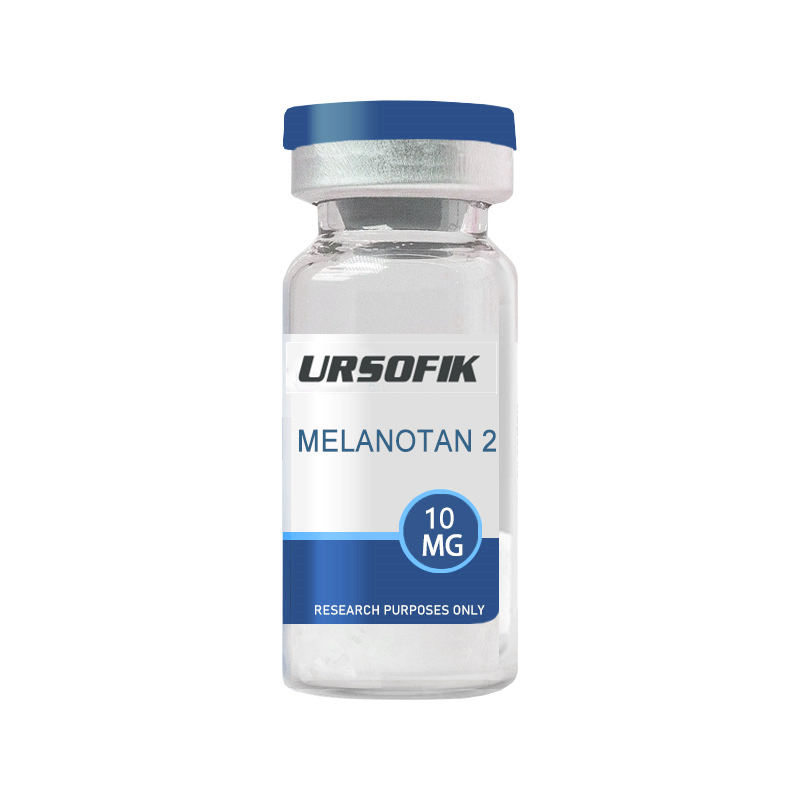

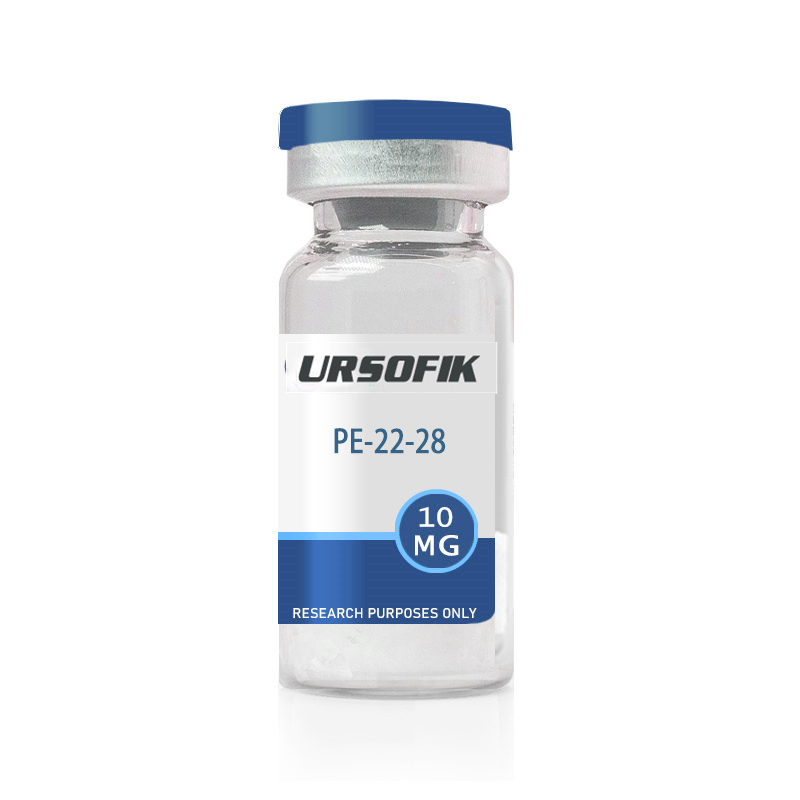
PE-22-28 Research PE-22-28 is a synthetic derivative of the naturally occurring peptide Spadin, which binds to TREK-1, a protein found in areas of the brain that control mood, memory, and learning. It is being investigated for its potential benefits in treating depression, improving memory and learning, aiding stroke recovery, and potentially combating neurodegenerative diseases such as Alzheimer’s. PE-22-28 and Treatment of Depression PE-22-28 has shown promising results in the treatment of depression. The peptide specifically blocks the TREK-1 channel, a mechanism that has been linked to antidepressant activity. In comparison to spadin, PE-22-28 has demonstrated better specificity and affinity for the TREK-1 channel, with an IC50 (half maximal inhibitory concentration) of 0.12 nM versus 40-60 nM for spadin. In behavioral models of depression, such as the forced swimming test, mice treated with PE-22-28 showed a significant reduction in immobility time, indicating an antidepressant effect. Furthermore, PE-22-28 was found to have improved in vivo stability and bioavailability compared to spadin, maintaining its activity for up to 23 hours instead of 7 hours. PE-22-28 Stimulates Neuro ...
Read More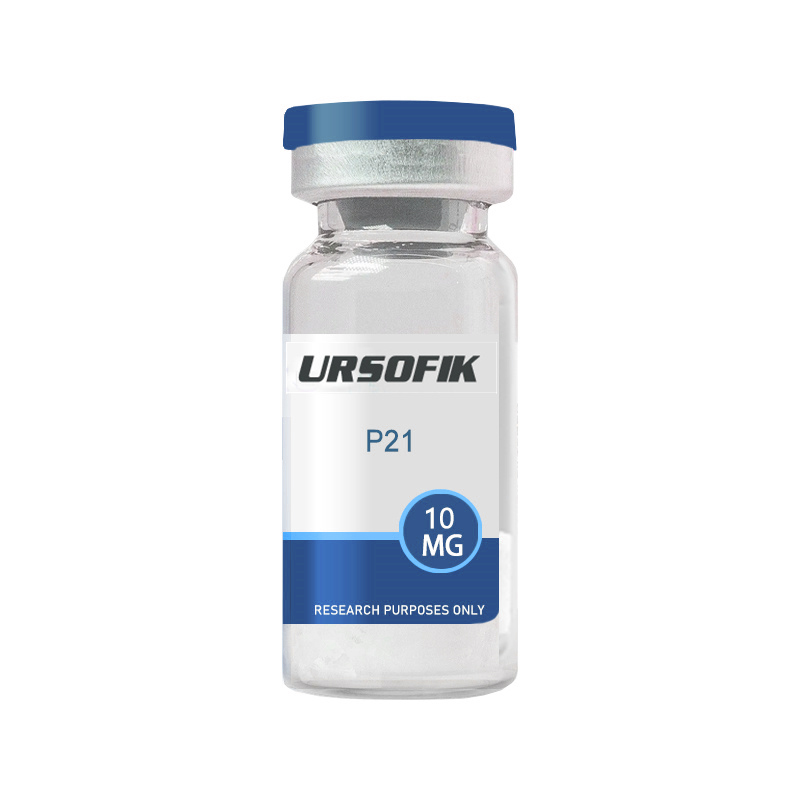
what is P21 P21 is a modified synthetic CNTF analog. CNTF is a natural protein mediator of neuronal growth in humans. The effects of CNTF have been studied primarily in the nervous system, although there are receptors for the peptide in other parts of the body, such as bones. Studies have shown that it can promote the synthesis of neurotransmitters and the growth of neurites. It can also protect neurons and their supporting cells from inflammatory attacks. In addition to its neurotrophic effects, CNTF can increase satiety, thereby reducing food intake. CNTF and cerebrolysin are not the same molecule. P21 is also not the same as cerebrolysin. It is discussed below and compared to P21. Recombinant CNTF was developed under the brand name Axokine. It is being tested for the treatment of amyotrophic lateral sclerosis and is not currently available for sale. Interestingly, the body quickly develops antibodies to Axokine, suggesting that it may be possible to use P21 and exogenous CNTF together in some cases to increase CNTF levels while keeping antibody activity to a minimum . What does P21 do? In simple terms, P21 can enhance cognition and protect the central nervous system from damage. It app ...
Read More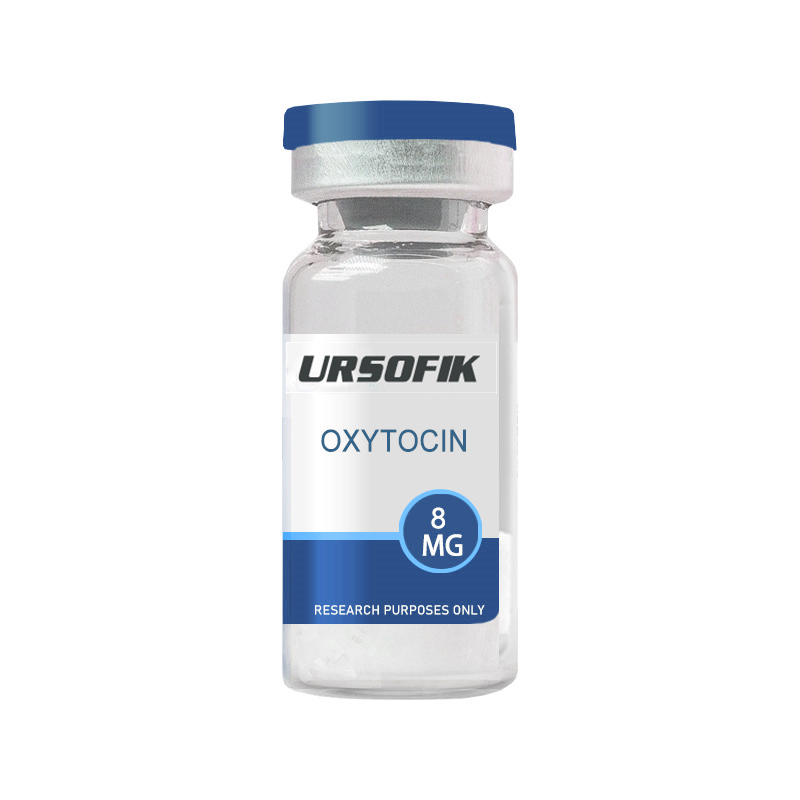
What is oxytocin? The peptide hormone is made up of 9 amino acids. It is produced in the hypothalamus, an area of the brain that controls heart rate, blood pressure, and digestion. OT is released into the bloodstream by the posterior pituitary gland. Oxytocin was discovered by Sir Henry Dale in 1996. He found that extracts from the posterior pituitary gland of humans caused the uterus of pregnant cats to contract. Sir Henry Dale also coined the name oxytocin, which means "quick labor" in Greek. This peptide hormone controls many functions. It has an impact on labor, milk secretion during breastfeeding, and bonding with newborns in humans. It also plays an important role in sexual arousal, romantic attachment, and other social interactions. It is also known as the "love hormone." A 2012 study found that levels of this hormone were significantly higher in newly-in-love people than in singles. The findings suggest that it may play an important role in the initial stages of a relationship. Pure Rawz sells this product for research use only. How does oxytocin work? Research suggests that it interacts with neural pathways responsible for processing motivation-related stimuli. In particular, it ...
Read More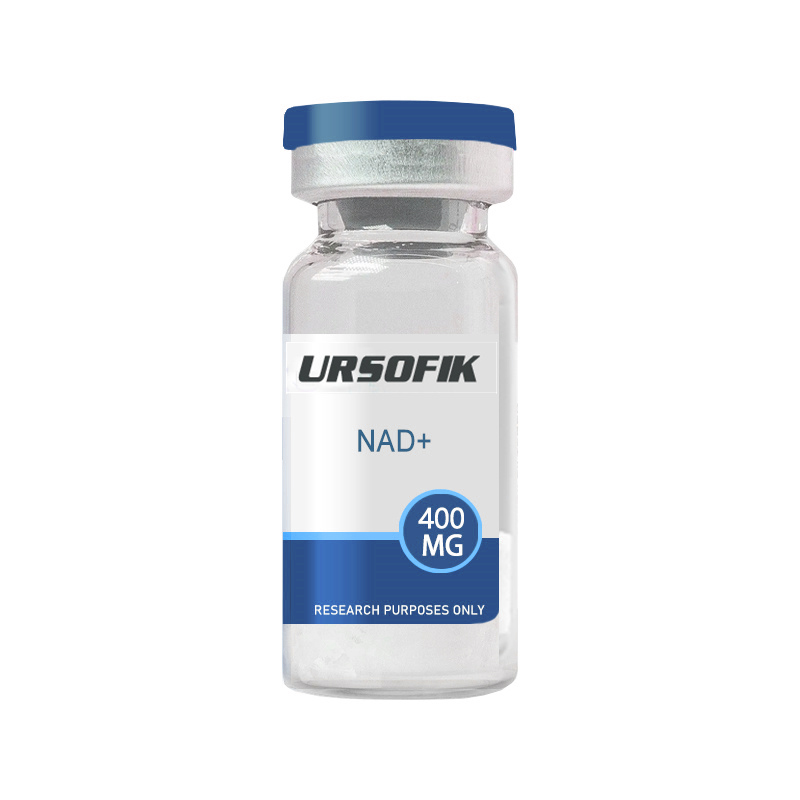
NAD+ Research A large number of animal and human studies have been conducted on the potential applications of NAD+. Here are some relevant findings: NAD+ Anti-Aging Many people are looking for anti-aging secrets, and a study found that nicotinamide adenine dinucleotide (NAD+) levels decline with age, which may cause cell damage and may shorten lifespan. NAD+ acts as an enzyme cofactor and substrate for a variety of regulatory proteins in many important biological pathways. A large number of studies have shown that increasing NAD+ levels in tissues or cells can slow the aging process. The safety and efficacy of NAD+ have been clinically studied. There is evidence that supplementing NAD+ precursors or inhibiting NAD+ degradation may enhance metabolic activity. Studies have shown that supplementing NAD+ precursors can slow the aging process in mice. To date, the anti-aging properties of NAD+ have not been confirmed in humans. The role of NAD+ in neurodegenerative diseases Several articles mentioned that NAD+ depletion has been observed in both normal and accelerated aging. Neurodegeneration is seen in several accelerated aging diseases, including a ...
Read More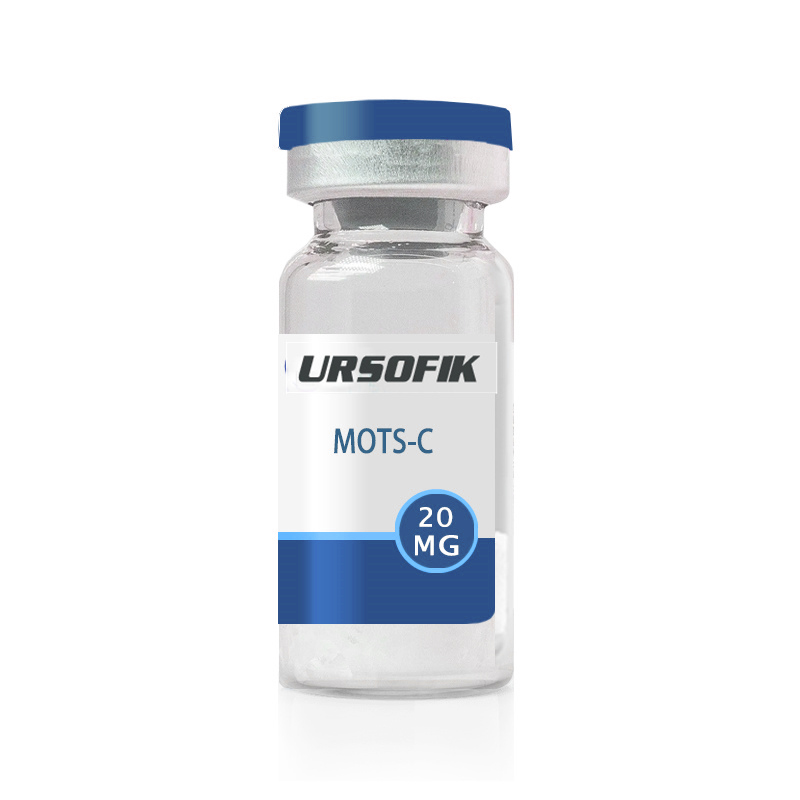
Mechanism of Action: While the precise mechanism of action of MOTS-c is currently under investigation, it is hypothesized that its metabolic effects are mediated through its translocation to the nucleus and subsequent activation of AMPK. Notable Studies: · MOTS-c peptide regulates adipose homeostasis to prevent ovariectomy-induced metabolic dysfunction. · The mitochondrial-derived peptide MOTS-c promotes metabolic homeostasis and reduces obesity and insulin resistance. · MOTS-c Functionally Prevents Metabolic Disorders. Metabolites. What is MOTS-c? MOTS-c, is a mitochondrial-derived peptide, consisting of 16 residues encoded by the 12S rRNA region of the mitochondrial genome. This means that the genetic information that is translated into the peptide’s amino acid sequence has not been processed into a strip of mRNA. Rather, the peptide is translated from a strand of rRNA whose main role is not to carry genetic information but to help ribosomes work in processing such information. MOTS-cwas discovered in 2015 and has since attracted attention for its potential role in metabolic regulation and age-related conditi ...
Read More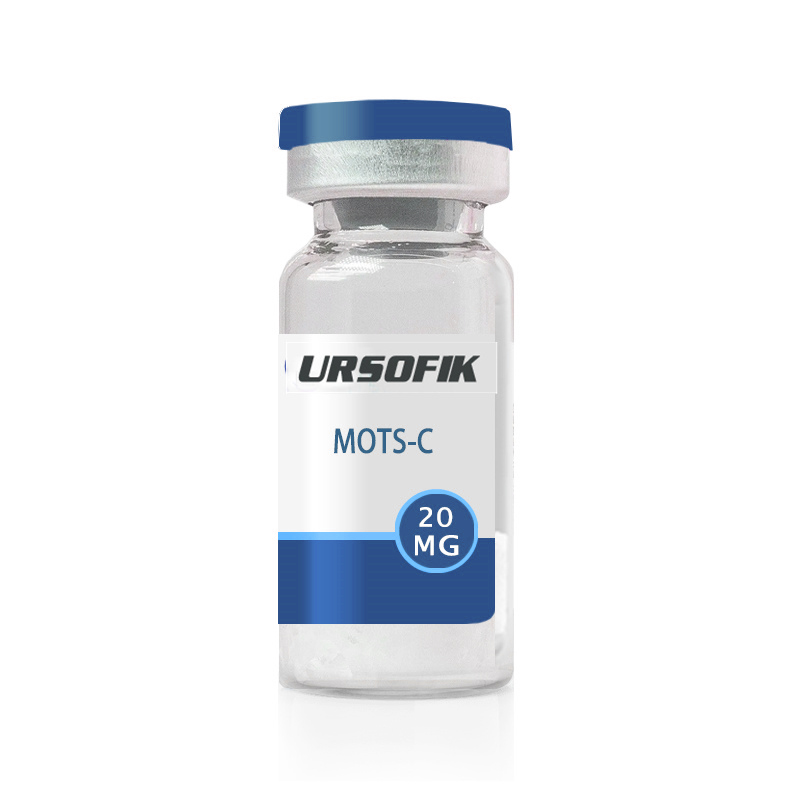
Mechanism of Action: While the precise mechanism of action of MOTS-c is currently under investigation, it is hypothesized that its metabolic effects are mediated through its translocation to the nucleus and subsequent activation of AMPK. Notable Studies: · MOTS-c peptide regulates adipose homeostasis to prevent ovariectomy-induced metabolic dysfunction. · The mitochondrial-derived peptide MOTS-c promotes metabolic homeostasis and reduces obesity and insulin resistance. · MOTS-c Functionally Prevents Metabolic Disorders. Metabolites. What is MOTS-c? MOTS-c, is a mitochondrial-derived peptide, consisting of 16 residues encoded by the 12S rRNA region of the mitochondrial genome. This means that the genetic information that is translated into the peptide’s amino acid sequence has not been processed into a strip of mRNA. Rather, the peptide is translated from a strand of rRNA whose main role is not to carry genetic information but to help ribosomes work in processing such information. MOTS-cwas discovered in 2015 and has since attracted attention for its potential role in metabolic regulation and age-related conditi ...
Read More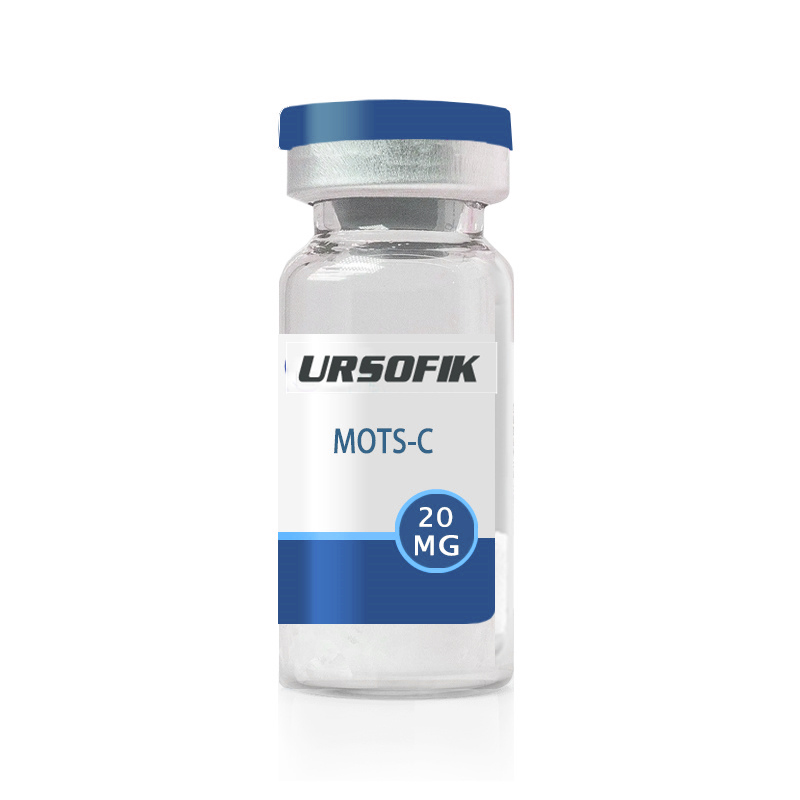
Mechanism of Action: While the precise mechanism of action of MOTS-c is currently under investigation, it is hypothesized that its metabolic effects are mediated through its translocation to the nucleus and subsequent activation of AMPK. Notable Studies: · MOTS-c peptide regulates adipose homeostasis to prevent ovariectomy-induced metabolic dysfunction. · The mitochondrial-derived peptide MOTS-c promotes metabolic homeostasis and reduces obesity and insulin resistance. · MOTS-c Functionally Prevents Metabolic Disorders. Metabolites. What is MOTS-c? MOTS-c, is a mitochondrial-derived peptide, consisting of 16 residues encoded by the 12S rRNA region of the mitochondrial genome. This means that the genetic information that is translated into the peptide’s amino acid sequence has not been processed into a strip of mRNA. Rather, the peptide is translated from a strand of rRNA whose main role is not to carry genetic information but to help ribosomes work in processing such information. MOTS-cwas discovered in 2015 and has since attracted attention for its potential role in metabolic regulation and age-related conditi ...
Read More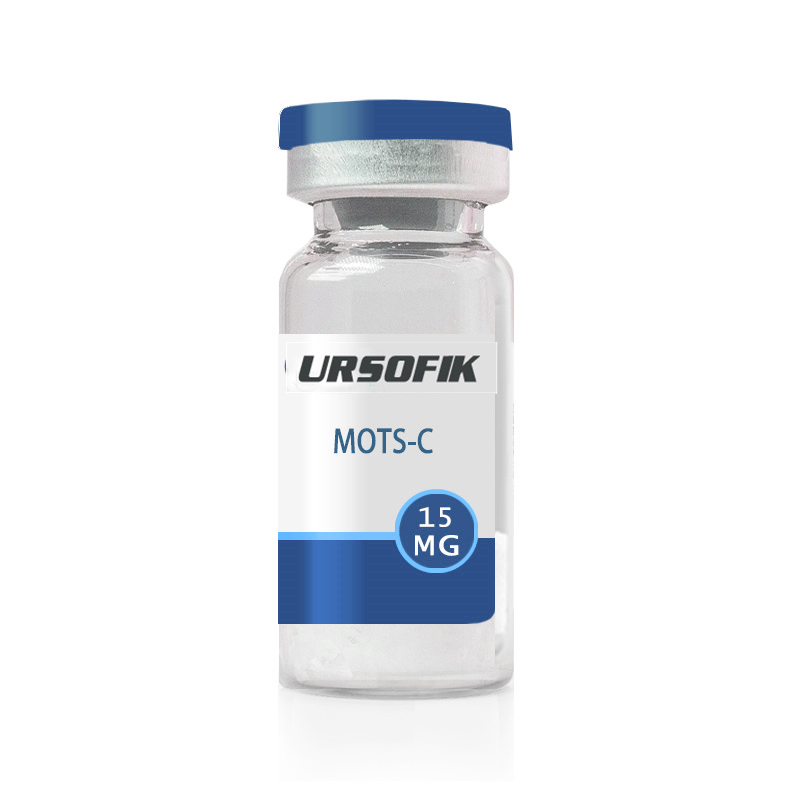
Mechanism of Action: While the precise mechanism of action of MOTS-c is currently under investigation, it is hypothesized that its metabolic effects are mediated through its translocation to the nucleus and subsequent activation of AMPK. Notable Studies: · MOTS-c peptide regulates adipose homeostasis to prevent ovariectomy-induced metabolic dysfunction. · The mitochondrial-derived peptide MOTS-c promotes metabolic homeostasis and reduces obesity and insulin resistance. · MOTS-c Functionally Prevents Metabolic Disorders. Metabolites. What is MOTS-c? MOTS-c, is a mitochondrial-derived peptide, consisting of 16 residues encoded by the 12S rRNA region of the mitochondrial genome. This means that the genetic information that is translated into the peptide’s amino acid sequence has not been processed into a strip of mRNA. Rather, the peptide is translated from a strand of rRNA whose main role is not to carry genetic information but to help ribosomes work in processing such information. MOTS-cwas discovered in 2015 and has since attracted attention for its potential role in metabolic regulation and age-related conditi ...
Read More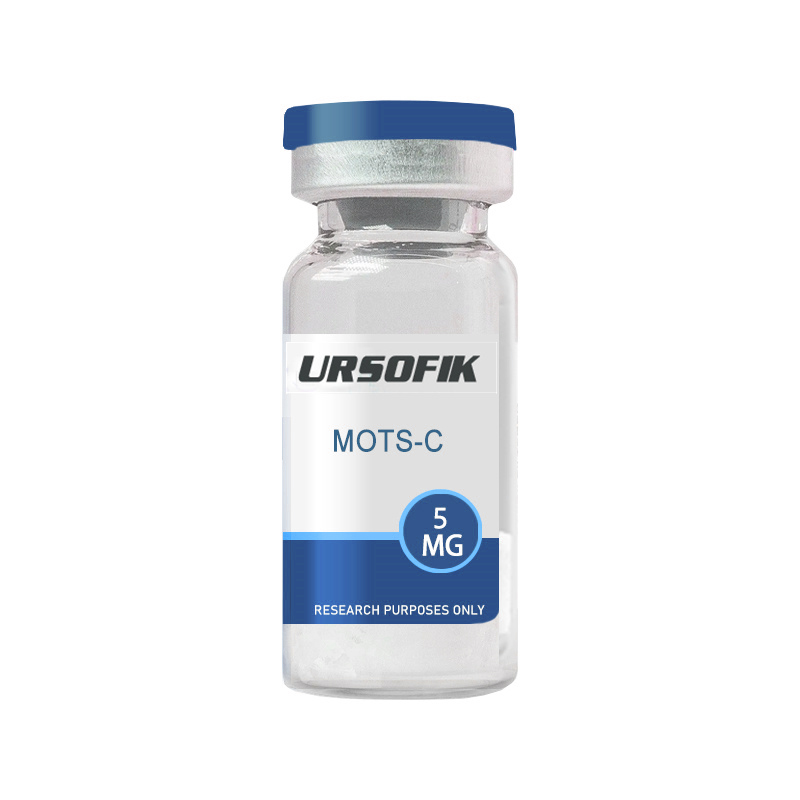
Mechanism of Action: While the precise mechanism of action of MOTS-c is currently under investigation, it is hypothesized that its metabolic effects are mediated through its translocation to the nucleus and subsequent activation of AMPK. Notable Studies: · MOTS-c peptide regulates adipose homeostasis to prevent ovariectomy-induced metabolic dysfunction. · The mitochondrial-derived peptide MOTS-c promotes metabolic homeostasis and reduces obesity and insulin resistance. · MOTS-c Functionally Prevents Metabolic Disorders. Metabolites. What is MOTS-c? MOTS-c, is a mitochondrial-derived peptide, consisting of 16 residues encoded by the 12S rRNA region of the mitochondrial genome. This means that the genetic information that is translated into the peptide’s amino acid sequence has not been processed into a strip of mRNA. Rather, the peptide is translated from a strand of rRNA whose main role is not to carry genetic information but to help ribosomes work in processing such information. MOTS-cwas discovered in 2015 and has since attracted attention for its potential role in metabolic regulation and age-related ...
Read More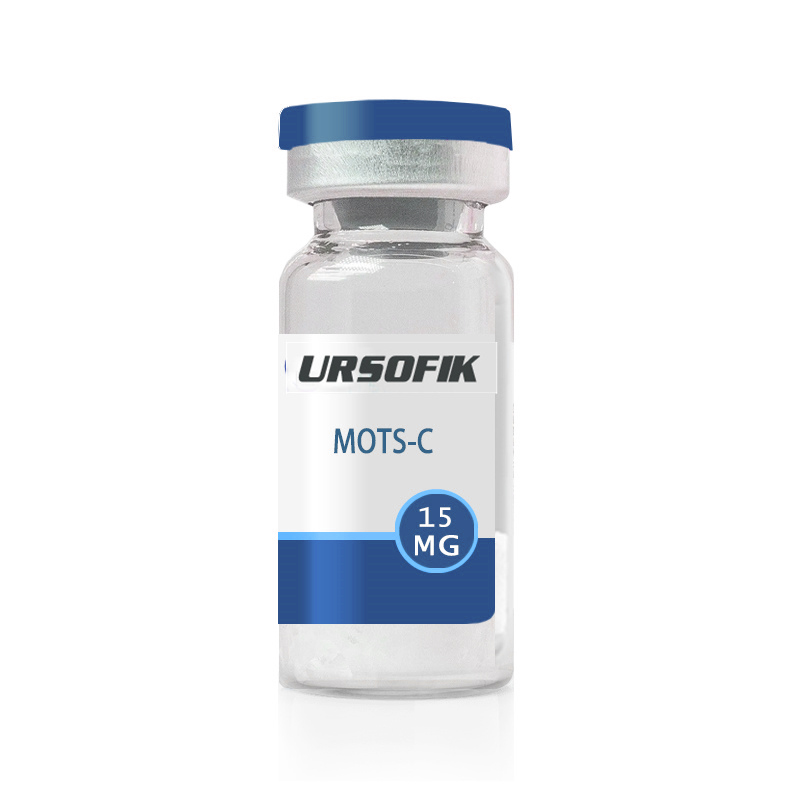
Mechanism of Action: While the precise mechanism of action of MOTS-c is currently under investigation, it is hypothesized that its metabolic effects are mediated through its translocation to the nucleus and subsequent activation of AMPK. Notable Studies: · MOTS-c peptide regulates adipose homeostasis to prevent ovariectomy-induced metabolic dysfunction. · The mitochondrial-derived peptide MOTS-c promotes metabolic homeostasis and reduces obesity and insulin resistance. · MOTS-c Functionally Prevents Metabolic Disorders. Metabolites. What is MOTS-c? MOTS-c, is a mitochondrial-derived peptide, consisting of 16 residues encoded by the 12S rRNA region of the mitochondrial genome. This means that the genetic information that is translated into the peptide’s amino acid sequence has not been processed into a strip of mRNA. Rather, the peptide is translated from a strand of rRNA whose main role is not to carry genetic information but to help ribosomes work in processing such information. MOTS-cwas discovered in 2015 and has since attracted attention for its potential role in metabolic regulation and age-related conditi ...
Read More
Mechanism of Action: While the precise mechanism of action of MOTS-c is currently under investigation, it is hypothesized that its metabolic effects are mediated through its translocation to the nucleus and subsequent activation of AMPK. Notable Studies: · MOTS-c peptide regulates adipose homeostasis to prevent ovariectomy-induced metabolic dysfunction. · The mitochondrial-derived peptide MOTS-c promotes metabolic homeostasis and reduces obesity and insulin resistance. · MOTS-c Functionally Prevents Metabolic Disorders. Metabolites. What is MOTS-c? MOTS-c, is a mitochondrial-derived peptide, consisting of 16 residues encoded by the 12S rRNA region of the mitochondrial genome. This means that the genetic information that is translated into the peptide’s amino acid sequence has not been processed into a strip of mRNA. Rather, the peptide is translated from a strand of rRNA whose main role is not to carry genetic information but to help ribosomes work in processing such information. MOTS-cwas discovered in 2015 and has since attracted attention for its potential role in metabolic regulation and age-related conditi ...
Read More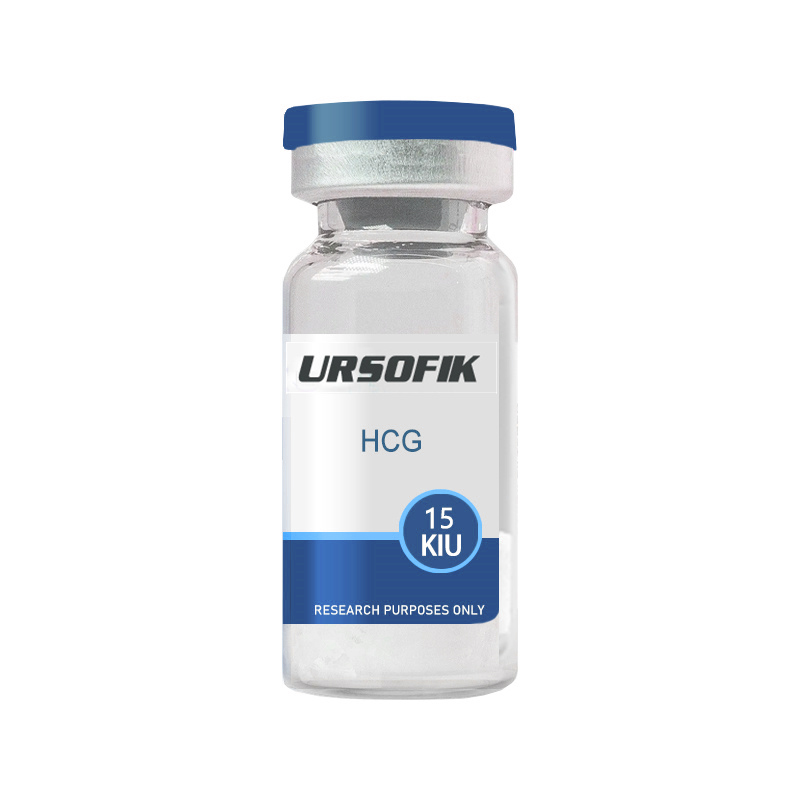
What does the hCG hormone do? Human chorionic gonadotropin is a hormone that is primarily produced by the syncytiotrophoblast cells of the placenta during pregnancy. The hormone stimulates the corpus luteum to produce progesterone to maintain the pregnancy. The pituitary gland, liver, and colon also produce small amounts of hCG What does hCG do for men? For men or adolescent boys, HCG helps with testosterone and sperm production. HCG is also used to treat boys with cryptorchidism, a specific testicular birth problem. All About HCG Levels During Pregnancy | What is hCG? If the hCG level is below 5 mIU/mL, it is considered not to be pregnant, and if it is above 25 mIU/mL, it is considered to be pregnant. If the hCG level is between 6 and 24 mIU/mL, it is in the gray area and you may need to retest to see if the level rises to confirm pregnancy. Are there any side effects of hCG? This medicine can cause ovarian hyperstimulation syndrome (OHSS), which can be life-threatening. If you experience symptoms such as bloating, diarrhea, severe nausea, stomach pain, rapid weight gain, or vomiting, see your doctor right away. ...
Read More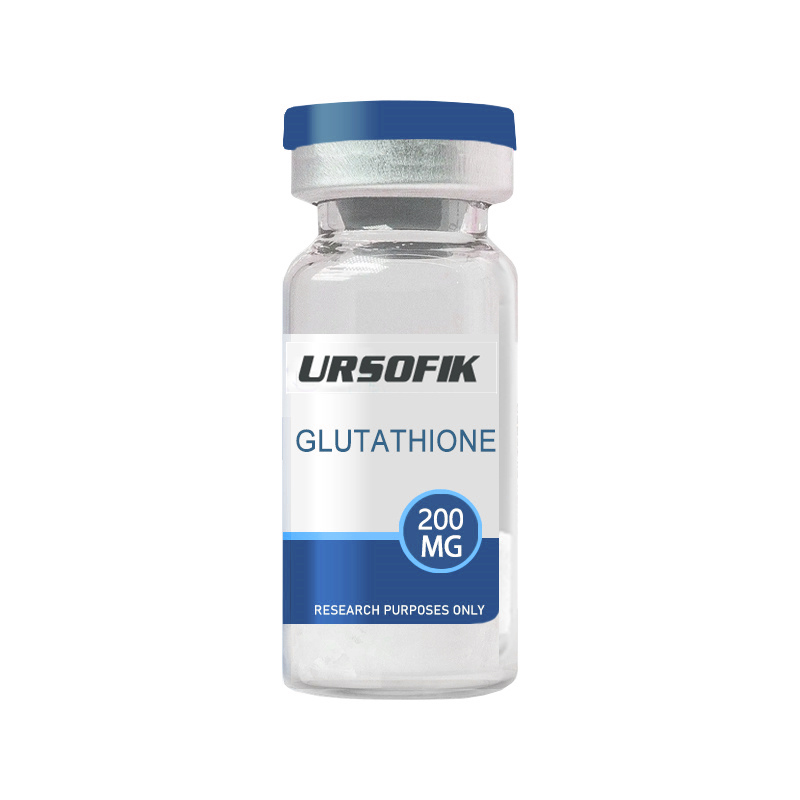
Glutathione is a Powerful Antioxidant Glutathione (GSH) is a powerful antioxidant that is found in every cell of the body. It helps stave off the impact of oxidative stress, which may, in turn, reduce the risk of developing diseases such as diabetes, cancer, and rheumatoid arthritis. It can act directly as an antioxidant to protect cells against free radicals and pro-oxidants. GSH is involved in multiple cellular processes including protein folding, safeguarding protein thiols from oxidation and crosslinking, breaking down proteins with disulfide bonds, regulating cell cycle and proliferation, metabolizing ascorbate, inducing apoptosis, and promoting ferroptosis. GSH is known to minimize the lipid peroxidation of cellular membranes and other such targets that occur with oxidative stress. Maintaining an optimal balance of GSH is necessary for effectively preventing peroxidation of the lipid membranes Glutathione and the Immune System Glutathione plays a crucial role in supporting the immune system. It regulates the balance between innate immunity or leukocyte infiltration at the site of infection to kill bacteria and inflammation. The lym ...
Read More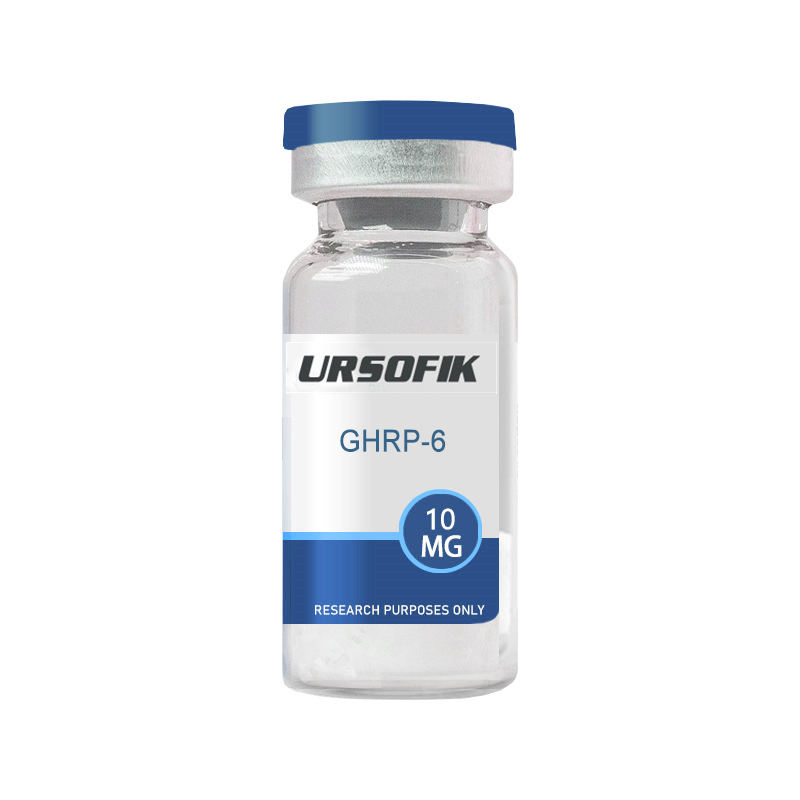
Product Description Hexapeptide-2 reduces the production and distribution of melanin to keratinocytes, brightens the skin, fights dark spots and hyperpigmentation, and evens out skin tone. Plus, it reduces the appearance of fine lines and wrinkles. Hexapeptide-2 is a safe and useful ingredient for after-sun repair, skin lightening and anti-aging skin care applications. It can be used in whitening cream, skin color balance and brightening products.Hexapeptide-2 can reduce the aging level of cells by inhibiting the activity of β-galactosidase, such as the reduction of collagen synthesis. Therefore, hexapeptide-2 also has anti-aging and anti-wrinkle effects. About us MOL Changes is based on bioactive peptide R&D and production, providing high end peptide molecule biologics for pharmaceutical and cosmetic companies. Already occupying 30% share of Melanotan-II tanning peptide in China's export market, we have passed ISO; Halal; Kosher; FDA; SGS and many other certifications for the record. In the future, MOL Changes' vision is to become a global leading company in individual bioactive peptide products, and to establish a strong product matrix in the peptide field to help our customers ...
Read More
GHRP-2 Research GHRP-2 and Muscle Structure Studies in yaks have shown that the GHRP-2 peptide appears to stimulate muscle growth in two ways: by enhancing protein synthesis and accumulation, and by reducing protein degradation. [3] Studies have shown that GHRP-2 may help overcome natural growth limitations in yaks due to food deprivation, adverse environmental conditions, and disease. The researchers also suggest that "GHRP-2 enhances muscle protein deposition primarily by upregulating protein synthesis pathways." The most important observation is that GHRP-2 may reduce muscle atrophy by inhibiting atrogin-1 and MuRF1 proteins, which are thought to regulate muscle degradation pathways. GHRP-2 and the Heart Studies in fetal heart cell culture lines have suggested that GHRP-2 and its analogs (GHRP-1 and GHRP-6) may help protect heart cells by minimizing apoptosis, or programmed cell death. [4] The peptide appears to protect the heart muscle from reduced blood and nutrient supply, which in some cases can trigger cardiac arrest. Studies of the GHRP-2 analog Hexarelin have shown that these peptides associate with specific receptors. It has been hypothesized that the receptor CD36 may play a promin ...
Read More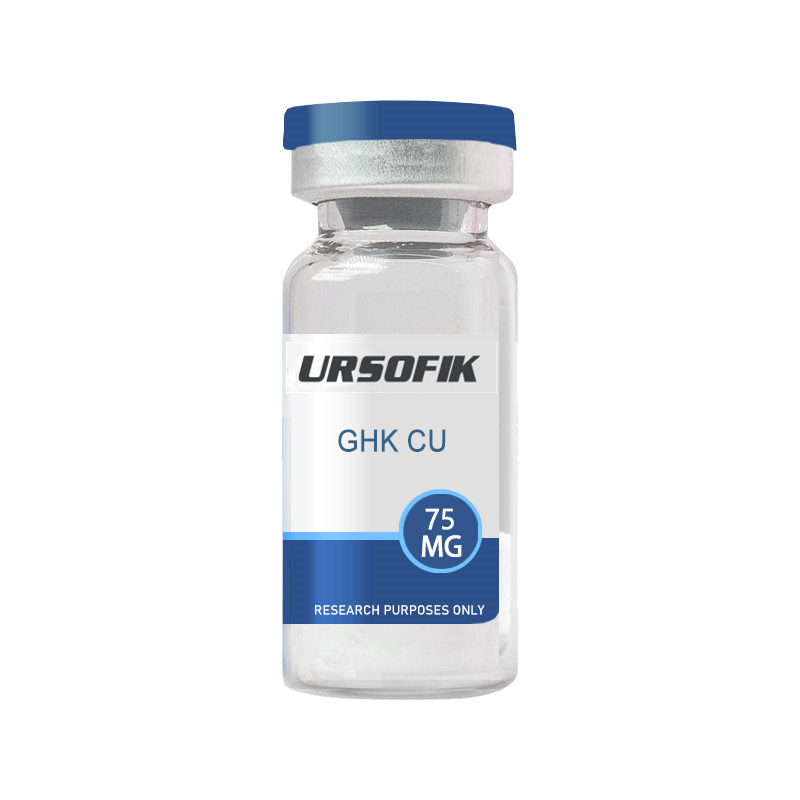
GHK-Cu (Copper Peptide) Overview GHK-Cu, also known as copper peptide GHK-Cu, is a naturally occurring copper complex of the tripeptide glycyl-L-histidyl-L-lysine. It was first isolated from human plasma and has since been found in other areas of the body, such as saliva and urine. Copper peptides are naturally occurring protein fragments that have a strong attraction to copper ions and are thought to play a vital role in the normal functioning of the body. GHK-Cu has been the subject of numerous studies, which have revealed several roles and benefits in the human body. GHK-Cu and Wound Healing GHK-Cu has been shown to improve the healing of ischemic open wounds in rats, leading to faster healing. It stimulates the synthesis of collagen, elastin, and glycosaminoglycans in the skin, which are essential for wound healing. In the same study, wounds treated with GHK-Cu showed a decreased concentration of metalloproteinases 2 and 9, which are enzymes involved in the breakdown of extracellular matrix during the wound healing process . GHK-Cu stimulates collagen and decorin production, which are essential for tissue regeneration and wound healing. It also increase ...
Read More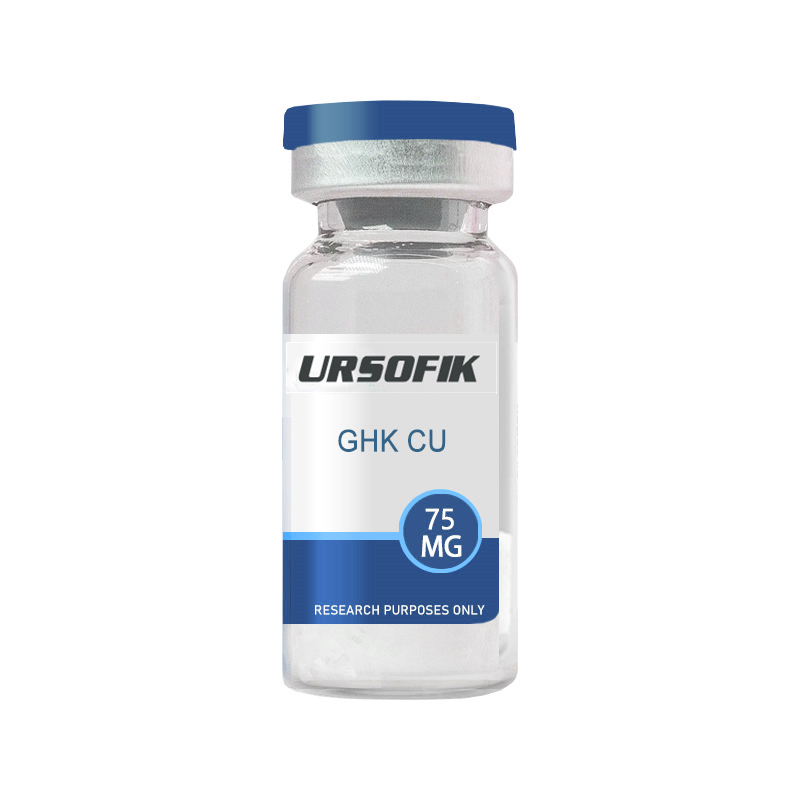
GHK-Cu (Copper Peptide) Overview GHK-Cu, also known as copper peptide GHK-Cu, is a naturally occurring copper complex of the tripeptide glycyl-L-histidyl-L-lysine. It was first isolated from human plasma and has since been found in other areas of the body, such as saliva and urine. Copper peptides are naturally occurring protein fragments that have a strong attraction to copper ions and are thought to play a vital role in the normal functioning of the body. GHK-Cu has been the subject of numerous studies, which have revealed several roles and benefits in the human body. GHK-Cu and Wound Healing GHK-Cu has been shown to improve the healing of ischemic open wounds in rats, leading to faster healing. It stimulates the synthesis of collagen, elastin, and glycosaminoglycans in the skin, which are essential for wound healing. In the same study, wounds treated with GHK-Cu showed a decreased concentration of metalloproteinases 2 and 9, which are enzymes involved in the breakdown of extracellular matrix during the wound healing process . GHK-Cu stimulates collagen and decorin production, which are essential for tissue regeneration and wound healing. It also increase ...
Read More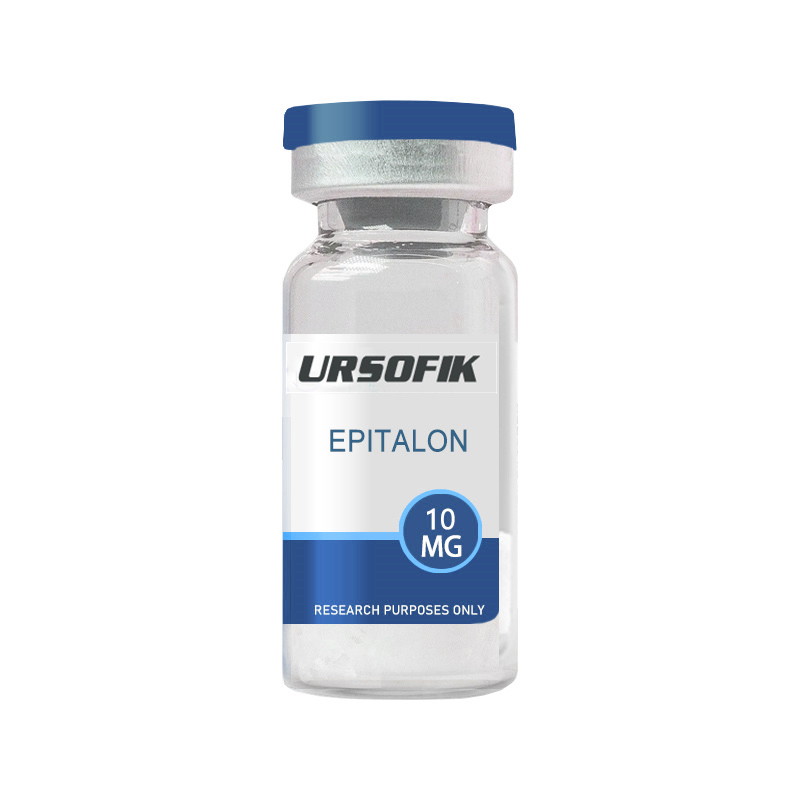
What is Epitalon (Epithalon) Peptide? Epitalon , also known as Epithalon or Epithalone, is a synthetic version of a naturally occurring polypeptide called Epithalamine, which is produced in the pineal gland. This tetrapeptide, consisting of four amino acids bound together, plays a significant role in the body’s ability to combat aging and promote rejuvenation. Discovered by Russian scientists Vladimir Khavinson and Vladimir Anisimov, Epitalon has been the subject of numerous studies, primarily focusing on its potential to extend lifespan and improve health by stimulating the production of telomerase, an enzyme that aids in the maintenance and repair of telomeres. Epitalon and Telomere Length Epitalon is a synthetic peptide known for its potential to influence the aging process by affecting telomeres, the protective caps at the ends of chromosomes. Research has shown that Epitalon can stimulate the production of telomerase, an enzyme that plays a key role in maintaining and extending telomeres. This process is crucial because as cells divide, telomeres naturally shorten, leading to aging and eventual cell death. By promoting telomerase activity, Epitalon may ...
Read More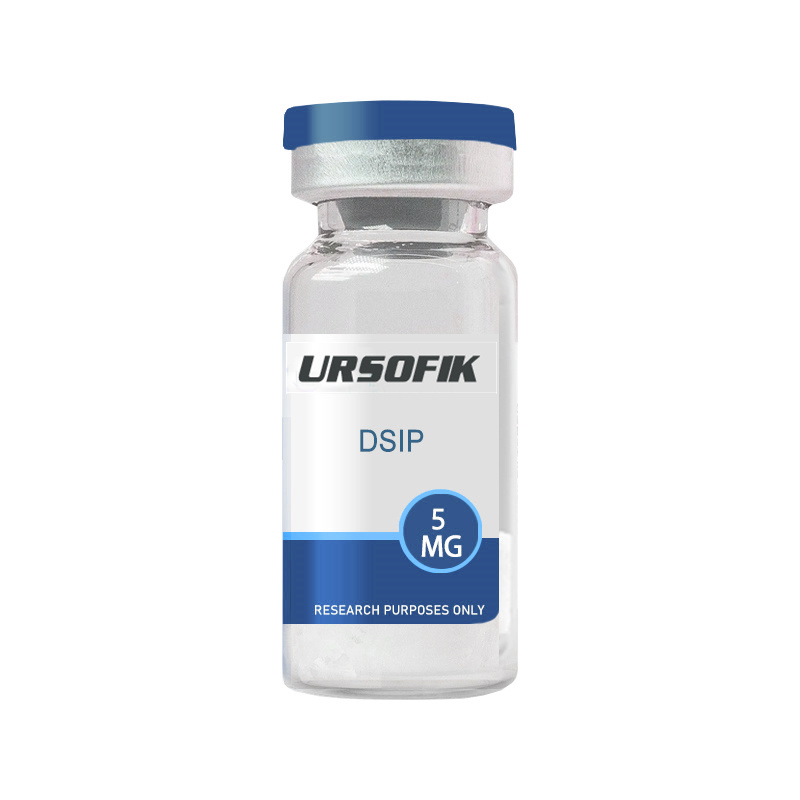
DSIP Research Overview Delta Sleep-Inducing Peptide (DSIP) is a peptide with a molecular weight of 850 daltons. It has the amino acid motif: N-Trp-Ala-Gly-Gly-Asp-Ala-Ser-Gly-Glu-C. DSIP plays various roles, such as endocrine regulation, disease and medicine, and sleep induction. However, the connection between DSIP and sleep is not fully understood due to the lack of isolation of the DSIP gene, protein, and potential receptor. Research has been conducted on the effectiveness of DSIP in treating insomnia, pain, and withdrawal. DSIP has shown the ability to counteract opiate receptors, leading to a significant reduction in opioid and alcohol dependence. Clinical trials are currently underway to explore its potential in treating withdrawal syndrome. Additionally, DSIP has been found to alleviate narcolepsy and restore disrupted sleep patterns in certain studies. DSIP and Sleep Research Delta sleep-inducing peptide (DSIP) is a nonapeptide that was discovered in 1977 for its ability to stimulate slow or delta wave sleep. DSIP has been studied for its potential therapeutic effects on sleep and pain. Here are some key findings: A study was con ...
Read More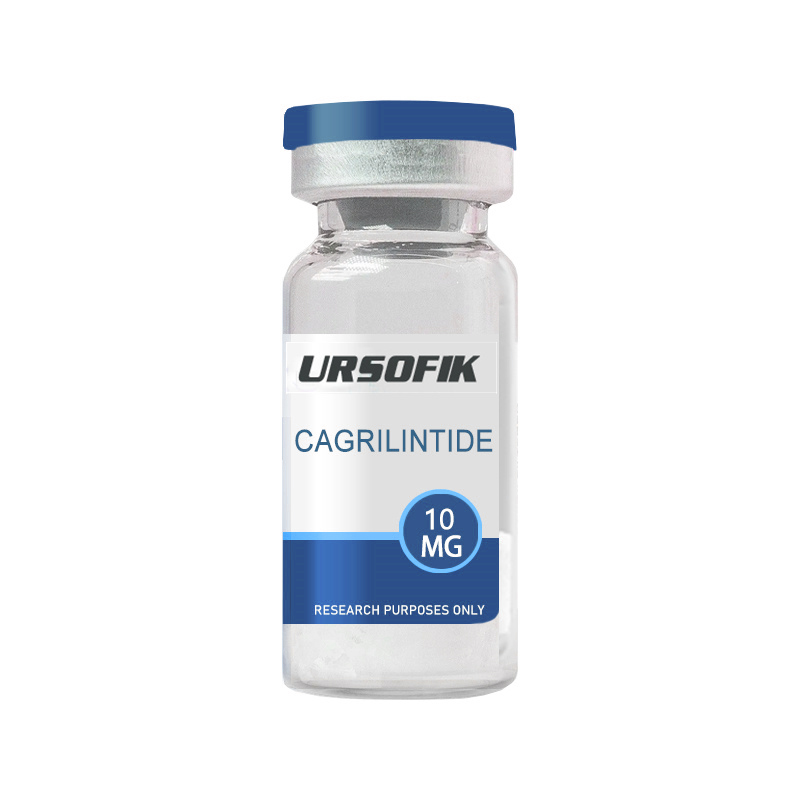
Overview : Cagrilintide is a synthetic amylin analog specifically designed for advanced preclinical research studies focused on metabolic disorders and glucose regulation . This peptide provides researchers with a valuable tool to study amylin’s role in glucose homeostasis and appetite regulation , offering important insights into metabolic conditions such as diabetes and obesity . Product Specifications : Purity : >99% (HPLC verified) Formulation : Lyophilized powder, optimized for reconstitution Molecular Formula : C₁₉₄H₃₁₂N₅₄O₅₉S₂ Molecular Weight : ~4500 g/mol CAS Number : 1415456-99-3 PubChem CID : 167312356 Research Applications : Cagrilintide is widely utilized in preclinical research models investigating the following areas: Amylin and Blood Glucose Regulation : Investigating how amylin affects glucose homeostasis in research mode ...
Read More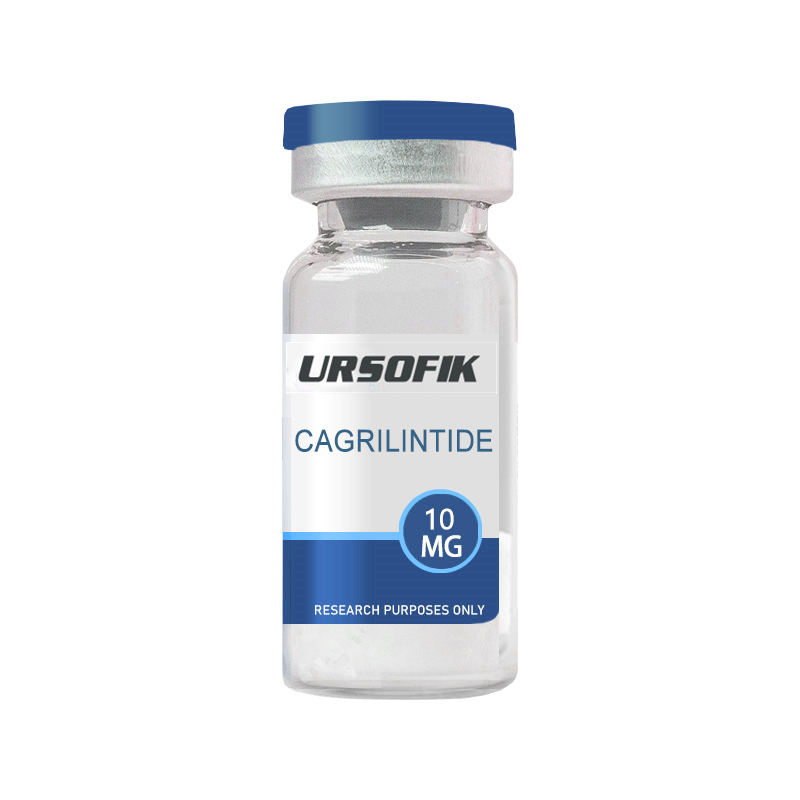
Overview : Cagrilintide is a synthetic amylin analog specifically designed for advanced preclinical research studies focused on metabolic disorders and glucose regulation . This peptide provides researchers with a valuable tool to study amylin’s role in glucose homeostasis and appetite regulation , offering important insights into metabolic conditions such as diabetes and obesity . Product Specifications : Purity : >99% (HPLC verified) Formulation : Lyophilized powder, optimized for reconstitution Molecular Formula : C₁₉₄H₃₁₂N₅₄O₅₉S₂ Molecular Weight : ~4500 g/mol CAS Number : 1415456-99-3 PubChem CID : 167312356 Research Applications : Cagrilintide is widely utilized in preclinical research models investigating the following areas: Amylin and Blood Glucose Regulation : Investigating how amylin affects glucose homeostasis in research mode ...
Read More
Overview : Cagrilintide is a synthetic amylin analog specifically designed for advanced preclinical research studies focused on metabolic disorders and glucose regulation . This peptide provides researchers with a valuable tool to study amylin’s role in glucose homeostasis and appetite regulation , offering important insights into metabolic conditions such as diabetes and obesity . Product Specifications : Purity : >99% (HPLC verified) Formulation : Lyophilized powder, optimized for reconstitution Molecular Formula : C₁₉₄H₃₁₂N₅₄O₅₉S₂ Molecular Weight : ~4500 g/mol CAS Number : 1415456-99-3 PubChem CID : 167312356 Research Applications : Cagrilintide is widely utilized in preclinical research models investigating the following areas: Amylin and Blood Glucose Regulation : Investigating how amylin affects glucose homeostasis in research mode ...
Read More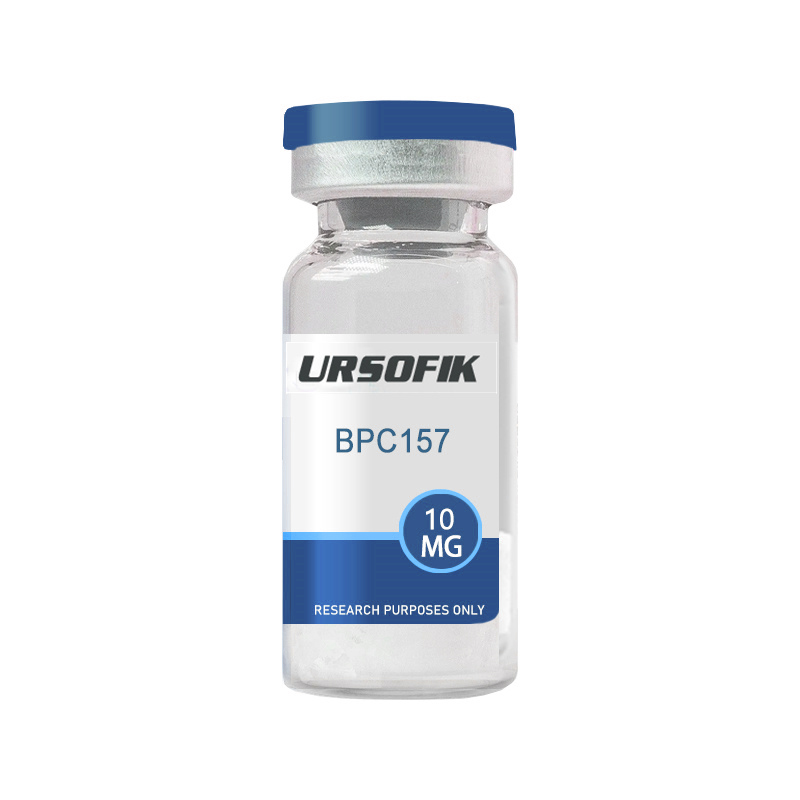
Key Benefits of BPC-157: Accelerated Healing: BPC-157 has demonstrated remarkable properties in accelerating the healing of various tissues, including muscles, tendons, ligaments, and even the gastrointestinal tract. This makes it a potential asset for individuals recovering from injuries or surgeries. Anti-Inflammatory Effects: The peptide exhibits strong anti-inflammatory properties, helping to reduce inflammation in different parts of the body. This anti-inflammatory effect can contribute to pain relief and improved mobility in individuals with conditions such as arthritis or sports-related injuries. Joint Health: Studies suggest that BPC-157 may play a role in supporting joint health by promoting the repair and regeneration of connective tissues. This can be particularly beneficial for athletes and those with joint-related issues. Gastrointestinal Support: BPC-157 has been researched extensively for its positive effects on the gastrointestinal tract. It may aid in the healing of ulcers, improve gut integrity, and support overall digestive health. Neuroprotective Properties: Some studies suggest that BPC-157 may have neuroprotective effects, potentially ...
Read More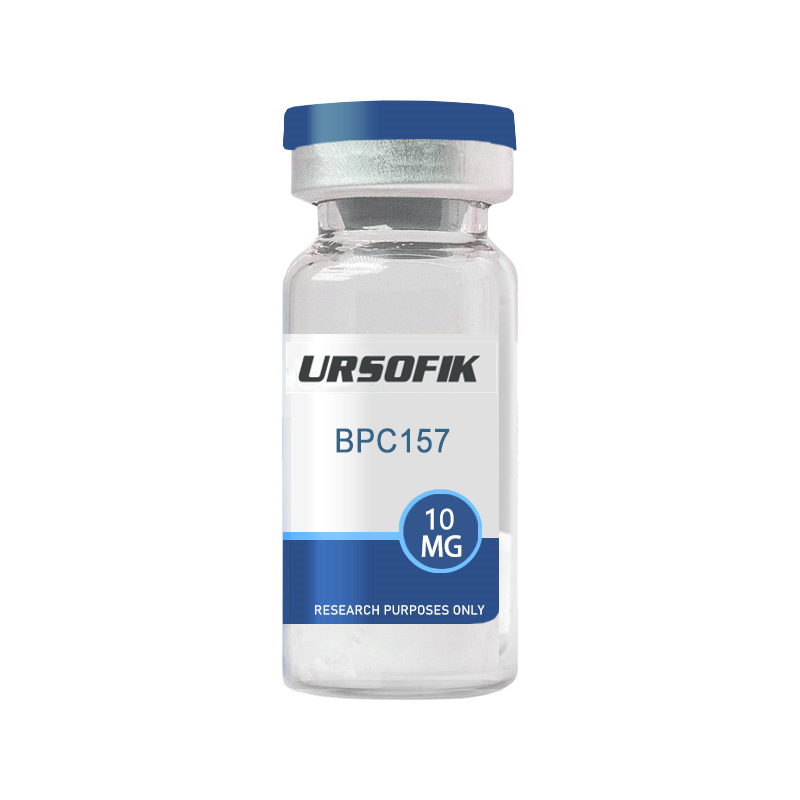
Key Benefits of BPC-157: Accelerated Healing: BPC-157 has demonstrated remarkable properties in accelerating the healing of various tissues, including muscles, tendons, ligaments, and even the gastrointestinal tract. This makes it a potential asset for individuals recovering from injuries or surgeries. Anti-Inflammatory Effects: The peptide exhibits strong anti-inflammatory properties, helping to reduce inflammation in different parts of the body. This anti-inflammatory effect can contribute to pain relief and improved mobility in individuals with conditions such as arthritis or sports-related injuries. Joint Health: Studies suggest that BPC-157 may play a role in supporting joint health by promoting the repair and regeneration of connective tissues. This can be particularly beneficial for athletes and those with joint-related issues. Gastrointestinal Support: BPC-157 has been researched extensively for its positive effects on the gastrointestinal tract. It may aid in the healing of ulcers, improve gut integrity, and support overall digestive health. Neuroprotective Properties: Some studies suggest that BPC-157 may have neuroprotective effects, potentially ...
Read More

